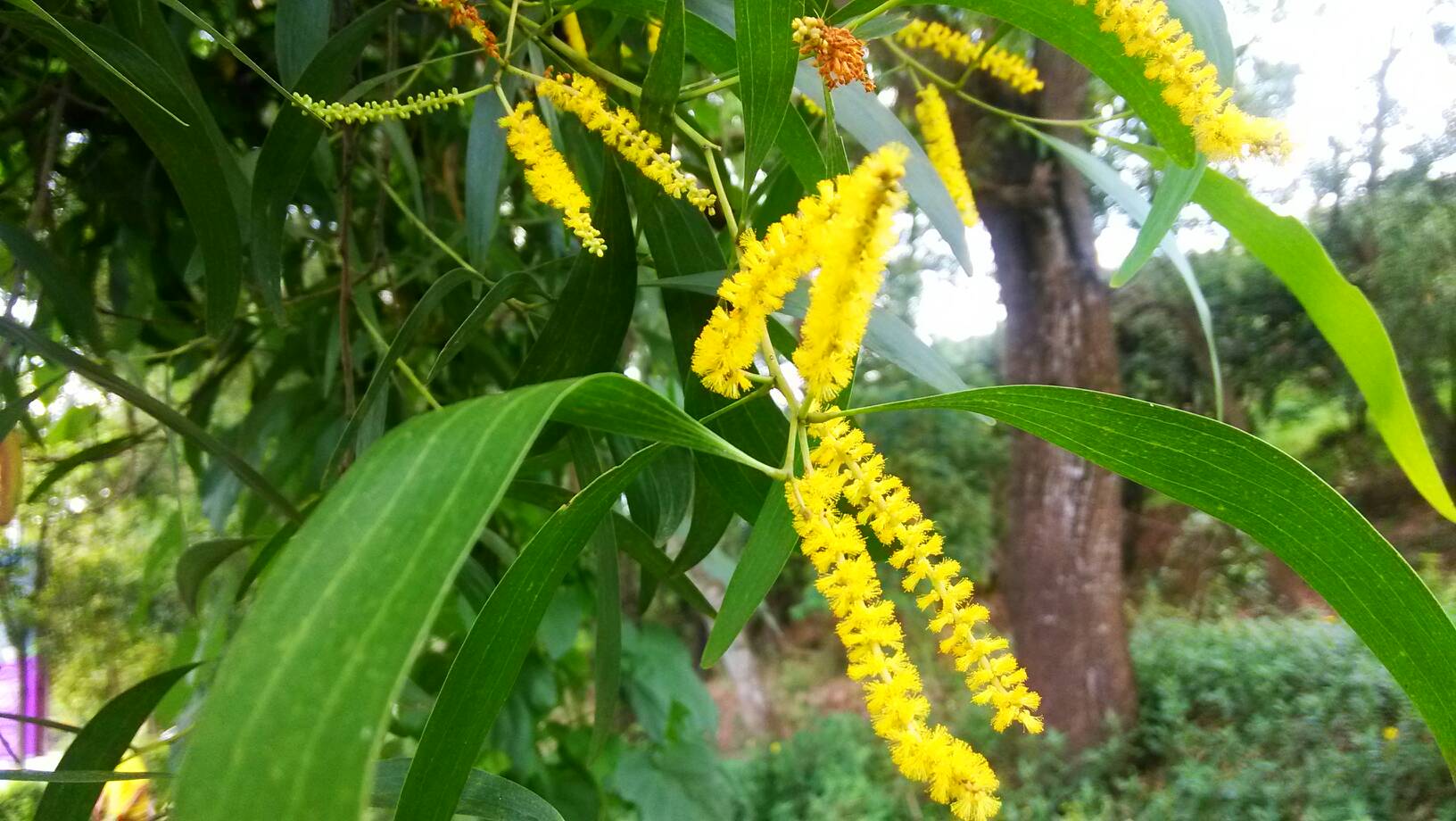Acacia auriculiformis seed
There isn’t a more perfectly versatile plant than Papuan wattle. Resilient and vigorous, with a crown of dense foliage growing from a gnarled and crooked trunk make this the perfect specimen for almost any hobby growing or as standards. Roots are shallow and the bark heavily fissured giving this plant the perfect look for Bonsai projects. Green foliage is accented by sweet scented, yellow flowers followed by twisted pods of various lengths. The plant is traditionally raised as a an ornamental or a shade tree
This widely adaptable tree can be used for a wide range of uses including, standard specimen as well as the greenhouse. It makes the perfect patio plant but, will need protection from frost. Keep tree well watered until established.
Acacia auriculiformis, commonly known as Auri, Earleaf acacia, Earpod wattle, Northern black wattle, Papuan wattle, Tan wattle, is a fast-growing, crooked, gnarly tree in the family Fabaceae. It is native to Australia, Indonesia, and Papua New Guinea. It grows up to 30m tall
Acacia auriculiformis is an evergreen tree that grows between to 15-30 m tall, with a trunk up to 12 m long and 50 cm in diameter. It has dense foliage with an open, spreading crown. The trunk is crooked and the bark vertically fissured. Roots are shallow and spreading. Leaves 10-16 cm long and 1.5-2.5 cm wide with 3-8 parallel nerves, thick, leathery and curved. Flowers are 8 cm long and in pairs, creamy yellow and sweet scented. Pods are about 6.5 x 1.5 cm, flat, cartilaginous, glaucous, transversely veined with undulate margins. They are initially straight but on maturity become twisted with irregular spirals. Seeds are transversely held in the pod, broadly ovate to elliptical, about 4-6 x 3-4 mm. The generic name acacia comes from the Greek word ‘akis’ meaning a point or a barb and the specific epithet comes from the Latin ‘auricula’- external ear of animals and ‘forma- form, figure or shape, in allusion to the shape of the pod.

